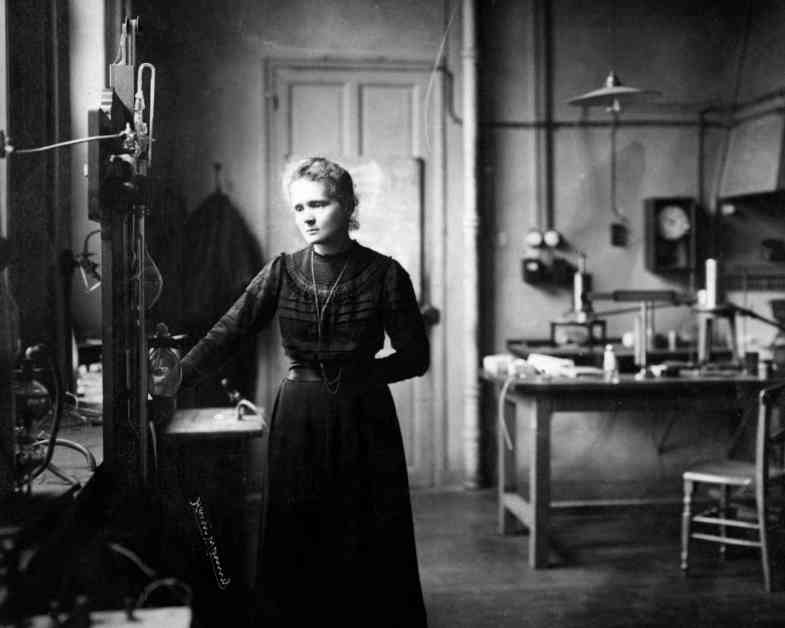Marie Curie, a renowned female scientist born over 150 years ago, remains one of the most recognizable names in the field of science. Her groundbreaking work in the discovery of radioactivity and the elements radium and polonium earned her two Nobel Prizes, solidifying her status as a scientific pioneer. However, beyond her scientific achievements, Curie’s impact on women in science is equally noteworthy.
In a new book titled “The Elements of Marie Curie: How the Glow of Radium Lit a Path for Women in Science,” author and Scientific American poetry editor Dava Sobel sheds light on Curie’s life and her influence on the women who worked alongside her. Sobel’s research revealed a network of 45 women who passed through Curie’s laboratory, inspired by her groundbreaking work and unwavering dedication to science.
Curie’s journey from Warsaw to Paris, her pioneering research on uranium decay, and her collaboration with her husband Pierre Curie exemplify her extraordinary drive and determination. Despite facing significant challenges and societal barriers as a woman in science, Curie’s resilience and passion for discovery propelled her to great heights.
One of the misconceptions surrounding Curie is the notion that she was merely her husband’s assistant and did not contribute significantly to their joint research efforts. However, Pierre Curie himself acknowledged Marie’s invaluable contributions, highlighting her intellect and scientific acumen. Additionally, the stereotype that women in science are limited to performing menial tasks while men have all the breakthrough moments was a common narrative that Curie defied through her groundbreaking research.
In a male-dominated scientific community rife with sexism and misogyny, Curie’s achievements serve as a beacon of hope for aspiring female scientists. Despite facing resistance and exclusion from prestigious institutions like the French Academy of Sciences, Curie persevered and broke through numerous barriers to establish herself as a respected authority in the field of physics.
Moreover, Curie’s presence at influential gatherings such as the Solvay Conferences, where she interacted with eminent physicists like Ernest Rutherford and Albert Einstein, helped normalize the participation of women in scientific discourse. By forging relationships with leading scientists of her time and demonstrating her expertise, Curie paved the way for future generations of women in science to pursue their passion and make significant contributions to the field.
In addition to her scientific legacy, Curie’s Polish heritage and love for poetry offer a glimpse into her multifaceted personality. Inspired by renowned Polish poets and her family’s tradition of verse, Curie’s poetic inclinations added another dimension to her identity beyond the realm of science.
Overall, Marie Curie’s enduring impact on women in science transcends generations, inspiring countless individuals to defy stereotypes, overcome obstacles, and pursue their scientific ambitions with courage and determination. Her legacy serves as a reminder of the transformative power of perseverance, passion, and dedication in the pursuit of knowledge and discovery.










